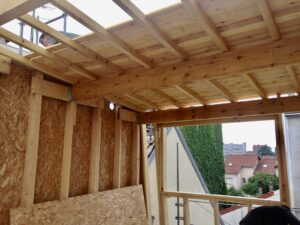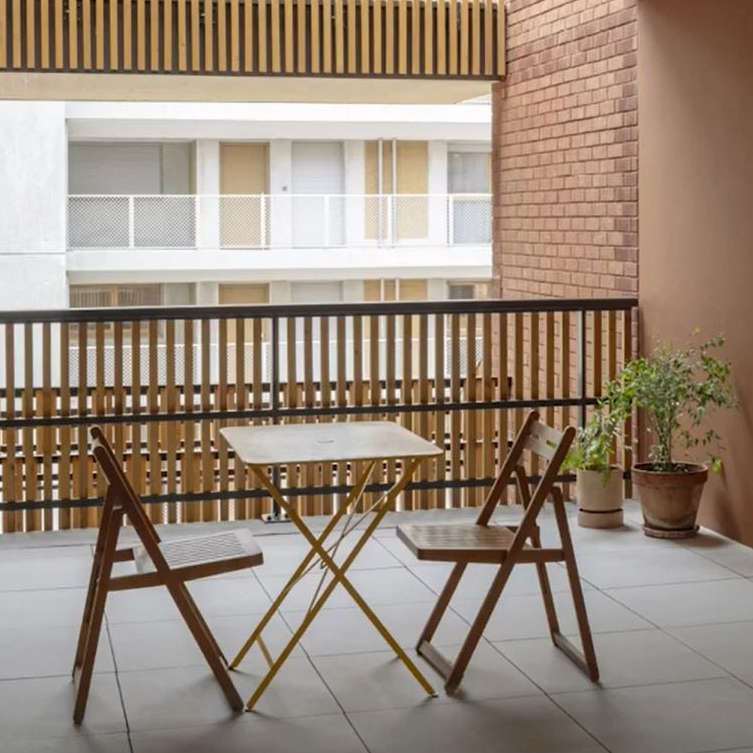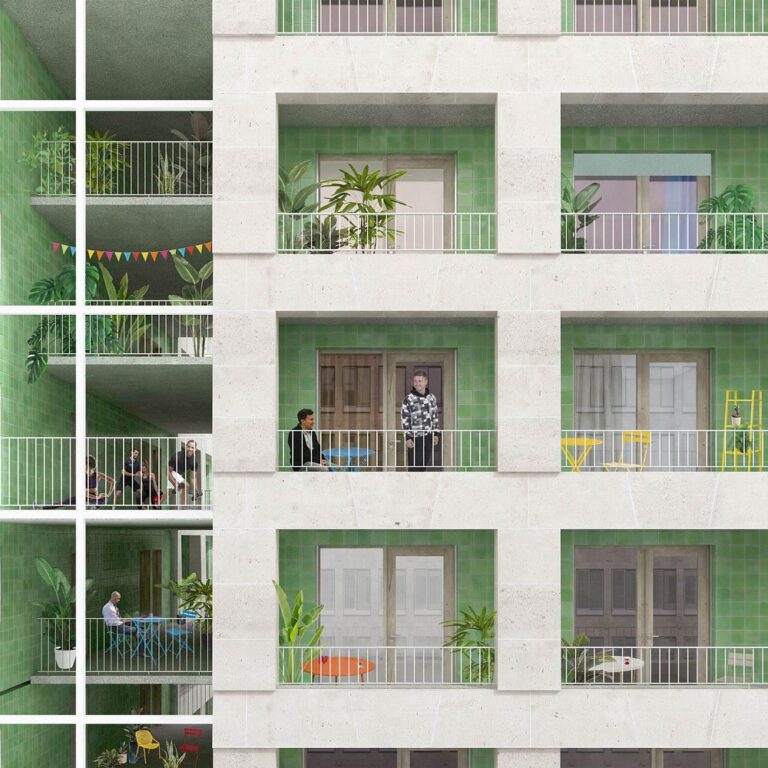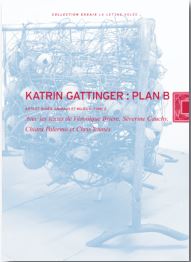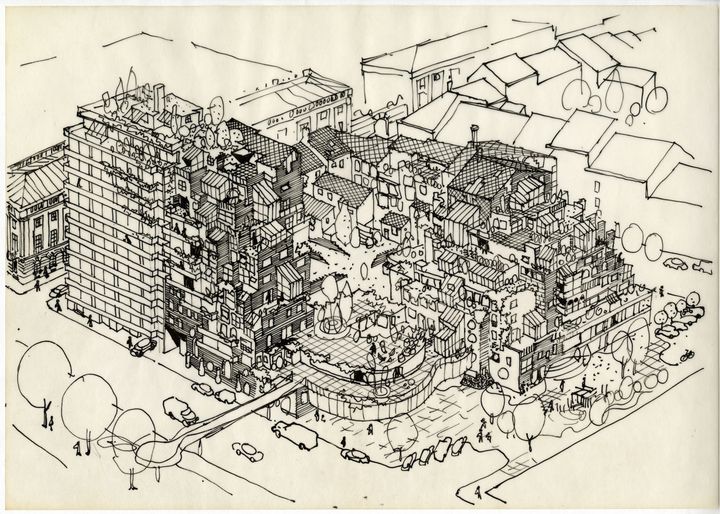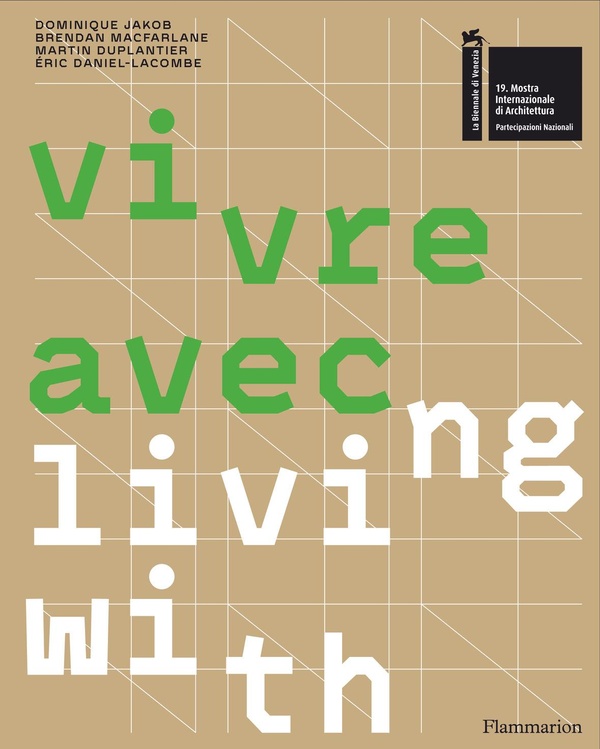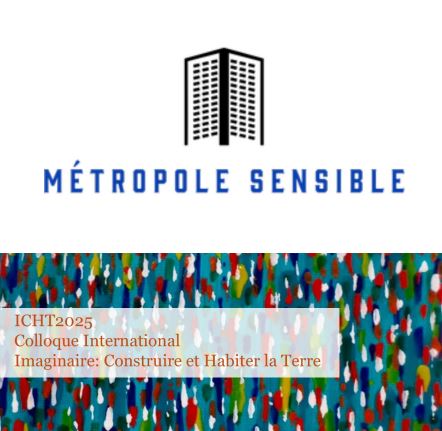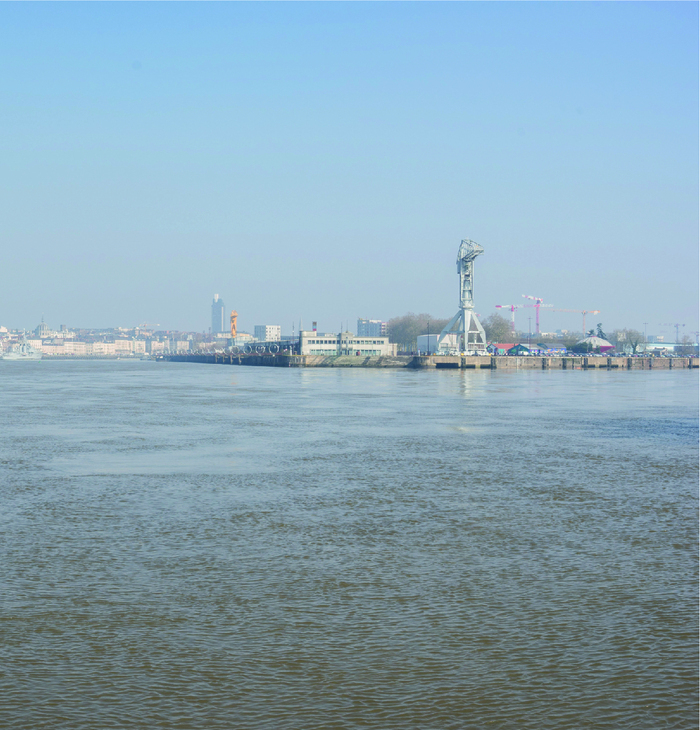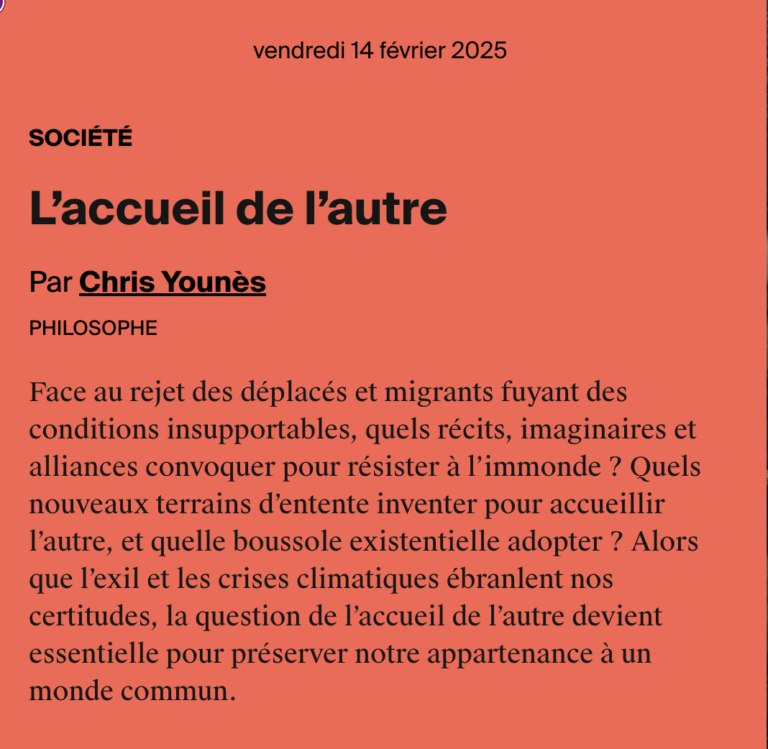In this paper, we propose to investigate generosity, not as a quality detached from its field of practice but as the result of the synergic effects that stand at the core of architecture.
We will present a detail analysis of these synergy effects at different places or levels or scales in the design and reception processes, to express how, under certain circumstances, some new elements arise and how they can be received as gifts emerging of precise links architecture make possible under certain circumstances that we will clarify, in conclusion.
These reflections will help us to consider, more seriously, the responsibility of architecture and the abilities it still offered to engage restorations processes as we entered a global destabilised era on Earth called Anthropocene. They help us to reconsider at which level and for which ecological, social and political impacts, we should or shouldn’t transform radically inhabited milieus. Facing such tasks, architectural knowledge could provide us with moderation in order to engage more synergic and cooperative interplays among living creatures, reconsidering the déjà-la potential of our planet and the cultural and democratic constructions we have already initiate.


